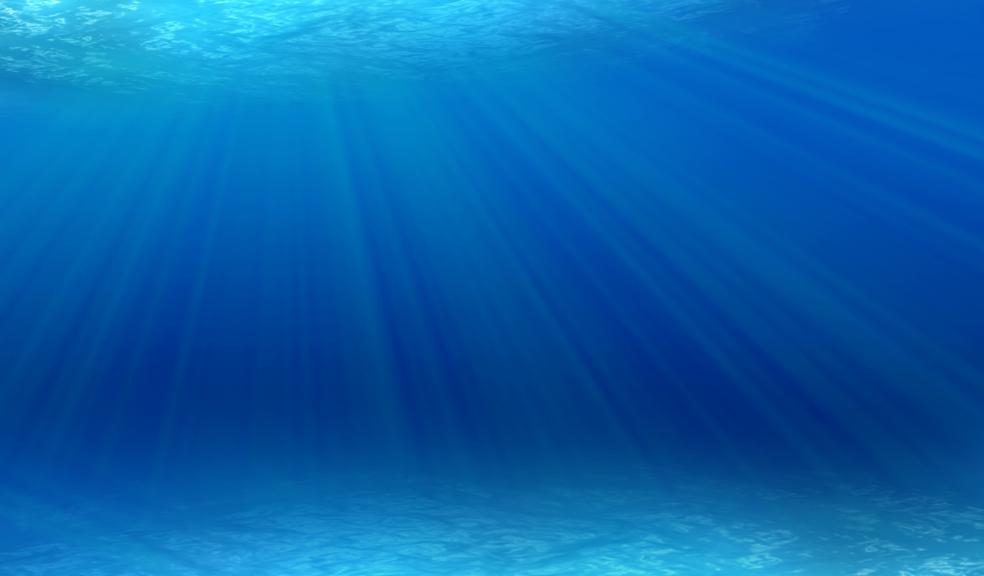
Global investigation reveals true scale of ocean warming
Warming oceans are causing marine species to change breeding times and shift homes with substantial consequences expected for the broader marine landscape, according to a new global study.
The three-year research project, funded by the National Centre for Ecological Analysis and Synthesis in California, has shown widespread systemic shifts in measures such as distribution of species and phenology – the timing of nature’s calendar – on a scale comparable to or greater than those observed on land.
The report, Global imprint of climate change on marine life, will form part of the Intergovernmental Panel for Climate Change Assessment Report due for publication in 2014, and is published in this month’s Nature Climate Change. It was undertaken by eminent scientists at 17 institutions across the world, including Plymouth University, the University of Queensland, Aberystwyth University, and the Scottish Association for Marine Science (SAMS).
One of the lead authors of the report, Professor Camille Parmesan, National Marine Aquarium Chair in Public Understanding of Oceans and Human Health within Plymouth University's Marine Institute, said the study offered a “very simple, but important message”.
Professor Parmesan said: “This is the first comprehensive documentation of what is happening in our marine systems in relation to climate change. What it reveals is that the changes that are occurring on land are being matched by the oceans. And far from being a buffer and displaying more minor changes, what we’re seeing is a far stronger response from the oceans.”
The research team assembled a large database of 1,735 changes in marine life from the global peer-reviewed literature which helped them investigate impacts of climate change. The team found that 81% of changes were in a direction consistent with climate change.
The evidence showed that the leading edge or ‘front line’ of some marine species, such as phytoplankton, zooplankton and bony fish, is moving towards the poles at the average rate of 72km per decade, which is considerably faster than the terrestrial average of 6km per decade – and this despite the fact that sea surface temperatures are warming three times slower than land temperatures
They also found that spring phenology in the oceans had advanced by more than four days, nearly twice the figure for phenological advancement on land. The strength of response varied among species, but again, the research showed the greatest response in invertebrate zooplankton and larval bony fish, up to 11 days in advancement.
Professor Mike Burrows at SAMS said: “Most of the effects we saw were as expected from changes in climate. So, most shifts in the distributions of, say, fishes and corals, were towards the poles, and most events in springtime, like spawning, were earlier.”
Some of the most convincing evidence that climate change is the primary driver behind the observed changes could be found in footprints that showed, for example, opposing responses in warm-water and cold-water species within a community; and similar responses from discrete populations at the same range edge.
Dr Pippa Moore, Lecturer in Aquatic Biology from Aberystwyth University, said: “Our research has shown that a wide range of marine organisms, which inhabit the intertidal to the deep-sea, and are found from the poles to the tropics, have responded to recent climate change by changing their distribution, phenology or demography.
“These results highlight the urgent need for governments around the globe to develop adaptive management plans to ensure the continued sustainability of the world’s oceans and the goods and services they provide to human society.”
The full report is available via the following link:
http://www.nature.com/nclimate/journal/vaop/ncurrent/full/nclimate1958.html











